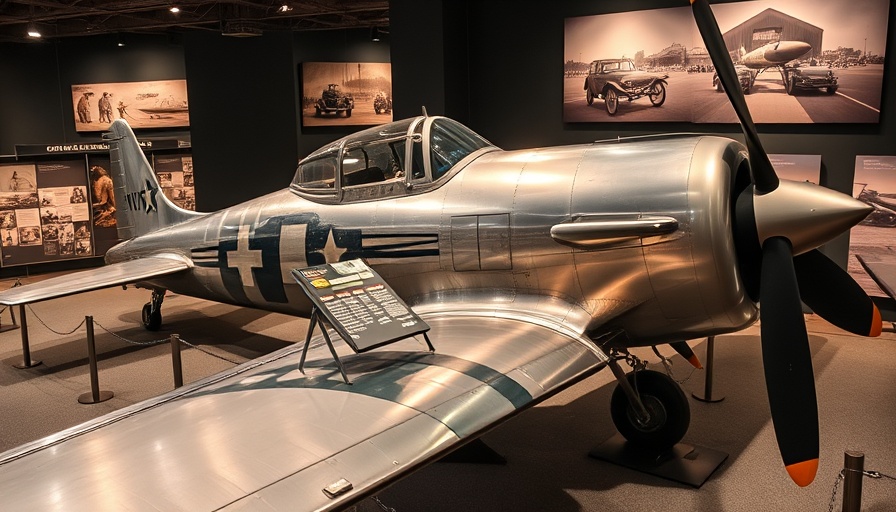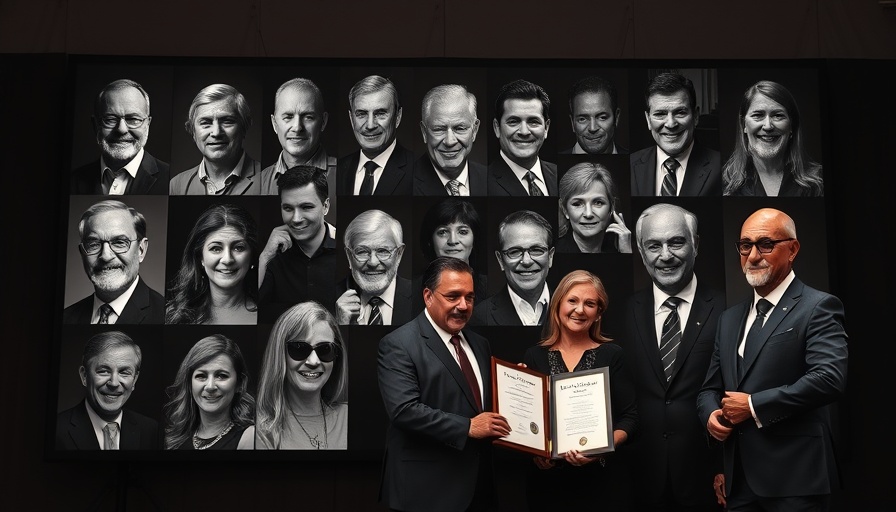
Unveiling the Worst WWII Fighter Planes: A Historical Perspective
As we reflect on the aerial battles of World War II, iconic fighters like the Spitfire or Mustang often dominate our memories. However, certain aircraft were less honored, earning reputations not for their achievements but for their failures. This article will explore the fighter planes that stood as disappointments during one of history's most tumultuous times, illustrating lessons about innovation, design, and the importance of learning from past mistakes.
Understanding the Disappointments: Historical Context
World War II spurred rapid advancements in technology, placing immense pressure on manufacturers to deliver effective fighting machines. However, not all designs met the challenges of warfare. For instance, the Seversky P-35 was America’s first all-metal single-wing fighter and quickly revealed its flaws. Outdated by the war's onset, this aircraft struggled with insufficient armament and armor, making it an easy target for enemy forces.
In Germany, the Messerschmitt Me-210 was doomed by its instability in flight, leading to a short production run and its cancellation. Such failures highlight a crucial lesson in the importance of rigorous testing and innovation in military aircraft design.
Emotional Impact on Pilots and Veterans
The emotional stakes of flying these flawed machines were extraordinarily high. Not only did pilots face dangerous malfunctions, but many also had to grapple with the psychological burden of operating aircraft that were poorly designed and unsafe. For example, the Heinkel He-162 Salamander, intended to be an accessible “people's fighter” for inexperienced pilots, tragically became notorious for its high accident rate, claiming more lives on the ground than in aerial combat.
Lessons in Design: What Went Wrong?
Failures like those of the Focke-Wulf Ta-154 Moskito and the Blackburn B-25 Roc raise important questions about design priorities. The Ta-154 initially boasted a promising concept but faltered in production due to critical design decisions that did not adapt to wartime needs. The Roc, which attempted to combine bomber and fighter roles, ultimately did neither effectively.
Looking Forward: The Evolution of Military Aviation
Every challenge presented by these disappointing aircraft fueled the evolution of military aviation. The failure of certain designs taught manufacturers and military leaders vital lessons about performance, reliability, and the necessity of involving experienced pilots in testing processes.
As we look toward the future, understanding these historical disappointments can inspire innovation. Today's military aircraft benefit from advances in technology and a more collaborative design approach, integrating the experiences of both engineers and pilots. This collaborative spirit remains essential for developing future defense technologies.
Engaging with Local Innovators: Kansas City’s Contributions
In today's landscape, local innovators in Kansas City are driving similar dialogues in health and wellness, focusing on community engagement for better living. Efforts from organizations promoting healthy living in Kansas City showcase how understanding past mistakes can foster resilience and adaptability in ongoing wellness initiatives.
Participating in wellness events and accessing resources through Kansas City's health fitness centers can help build a healthier community. Emphasizing adaptable solutions mirrors the lessons learned from historical fighter planes, promoting a culture where continuous improvement is prioritized.
Your Story Matters: Share Your Experience
As we engage in these discussions about learning from past disappointments, we encourage you to share your stories related to wellness and innovation in Kansas City. Have you experienced challenges on your path to health and well-being? Maybe you or someone you know has insights into how local fitness centers are transforming lives?
If you have a story to share or want to contact us for more details, drop us an email at team@kansascitythrive.com. Let us learn and grow together!
 Add Row
Add Row  Add
Add 





Write A Comment